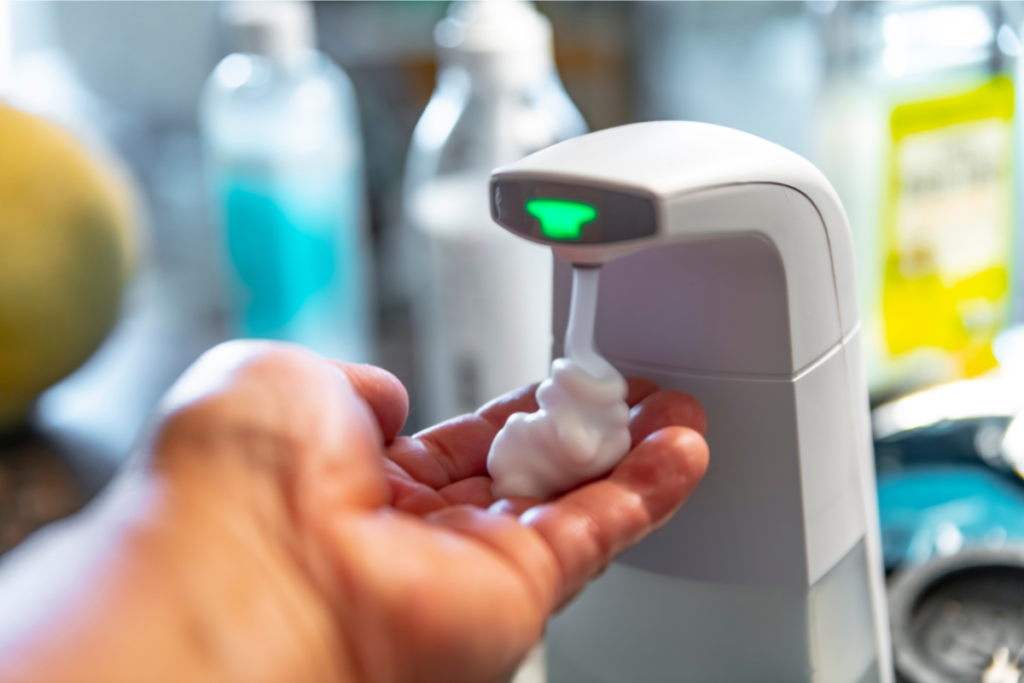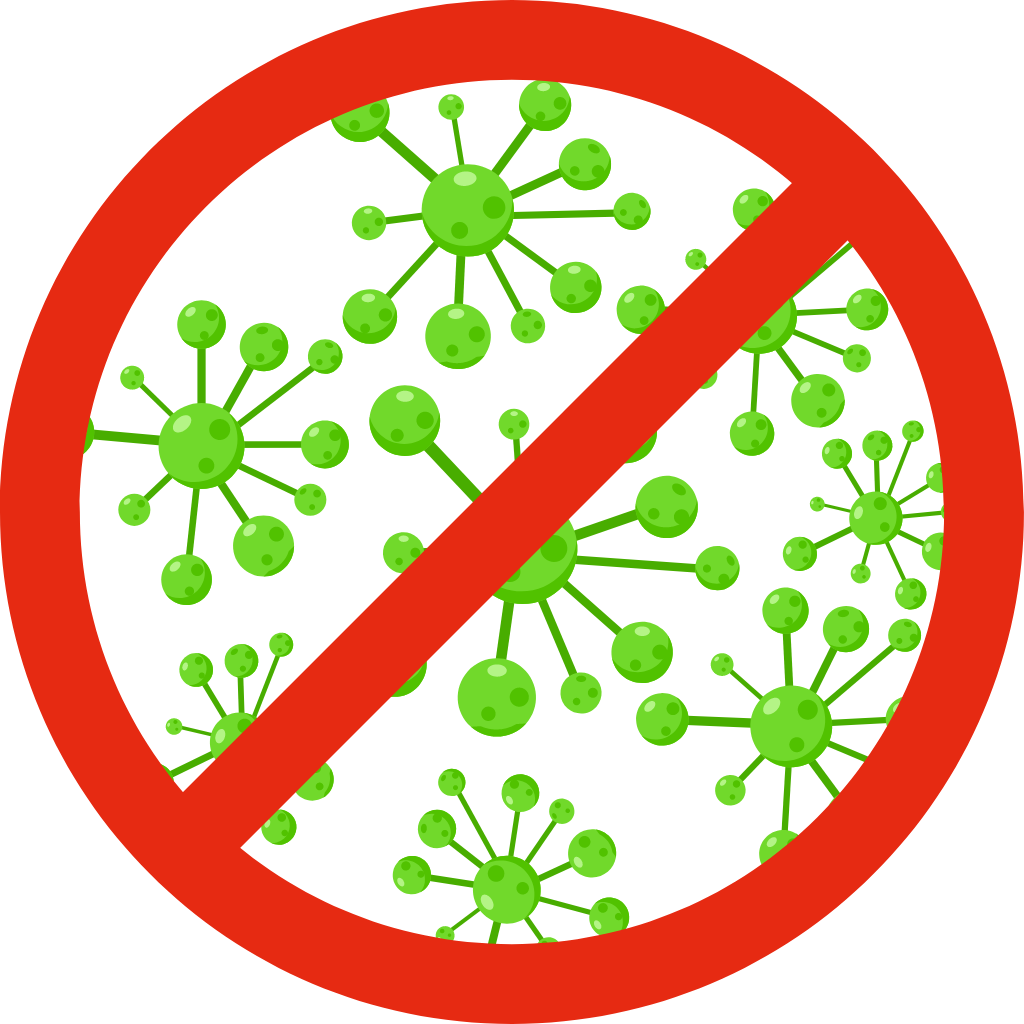Introduction
In our daily lives, we come into contact with countless germs and bacteria that can cause illnesses and infections. Proper hand hygiene is crucial in preventing the spread of these harmful microorganisms. Over the years, handwashing has evolved from a simple act of cleanliness to a science-driven practice with the advent of technology, particularly with the introduction of automatic soap dispensers. In this article, we will delve into the world of automatic soap dispensers, exploring the science behind their germ-fighting capabilities and their impact on modern hygiene practices.

The Evolution of Handwashing
Handwashing is not a new concept. Historically, civilizations recognized the importance of hand hygiene in disease prevention, long before the discovery of germs and bacteria. However, it wasn’t until the 19th century that handwashing gained scientific credibility with the work of pioneers like Ignaz Semmelweis and Joseph Lister. Their studies demonstrated that washing hands with soap and water significantly reduced infection rates in medical settings.
As the understanding of germs and hygiene advanced, so did the technology supporting handwashing practices. The traditional soap and water method gradually transitioned to the more convenient and efficient automatic soap dispensers we see today.
Understanding Automatic Soap Dispensers
Automatic soap dispensers are designed to deliver a precise amount of soap without the need for physical contact. These devices typically employ various sensing mechanisms to detect the presence of hands, triggering the release of soap. The touchless operation not only adds a level of convenience but also minimizes the risk of cross-contamination, making them ideal for use in public spaces, healthcare facilities, and homes.
Inside an automatic soap dispenser, a combination of electronic components, sensors, and mechanical parts work together seamlessly. When a hand is placed within the dispenser’s sensor range, the infrared or ultrasonic sensors detect the motion or presence, activating the soap release mechanism. The dispenser then delivers an appropriate amount of soap, ensuring effective cleansing without any wastage.
The Science Behind Germ Elimination
The key to the effectiveness of automatic soap dispensers lies in the soap itself. Soap is composed of molecules with hydrophilic (water-attracting) and hydrophobic (water-repelling) ends. When you rub soap on your hands, these molecules surround and lift dirt, grease, and germs off your skin. The mechanical action of scrubbing further dislodges the contaminants from the skin’s surface.
With the precise dosage provided by automatic soap dispensers, users can achieve an optimal lather to clean their hands thoroughly. Proper handwashing with soap for at least 20 seconds has been proven to eliminate a significant proportion of germs, including bacteria and viruses.
Hygiene and Technology Integration
Automatic soap dispensers offer several advantages over traditional manual dispensers. Firstly, the touchless operation minimizes the risk of germ transfer from one user to another, promoting better overall hygiene. In high-traffic areas like public restrooms, airports, and offices, these dispensers play a crucial role in reducing the spread of infections.
Additionally, the incorporation of touchless technology encourages compliance with handwashing practices. The user-friendly nature of automatic dispensers makes handwashing a more pleasant experience, increasing the likelihood of people following proper hand hygiene protocols.
Maintaining a Clean and Germ-Free Environment
To ensure the continued efficacy of automatic soap dispensers, proper maintenance and regular refilling are essential. Regular cleaning of the dispenser’s external surfaces helps prevent the buildup of dirt and germs, while keeping the sensor area clear for seamless operation.
Furthermore, some automatic soap dispensers are made from antimicrobial materials, which actively inhibit the growth of bacteria on the dispenser’s surface. This feature provides an extra layer of protection against potential contamination.
For large-scale facilities and businesses, smart monitoring systems can be integrated with automatic soap dispensers. These systems provide real-time data on usage patterns, refill needs, and maintenance requirements, making it easier to manage hygiene protocols effectively.

Public Health Implications
The widespread adoption of automatic soap dispensers in public spaces can have far-reaching public health implications. In high-traffic areas, where germs can spread rapidly, such as schools, hospitals, and shopping centers, these dispensers act as a crucial line of defense against outbreaks.
By encouraging regular handwashing with minimal effort, automatic soap dispensers help instill a sense of responsibility for personal and public health. This shift in behavior can lead to a significant reduction in the incidence of communicable diseases, ultimately improving community well-being.
Eco-Friendly Considerations
As with any technological advancement, environmental considerations are essential. Automatic soap dispensers have the potential to reduce soap wastage, as they deliver a controlled amount with each use. This helps conserve resources and reduces the environmental impact associated with excessive soap consumption.
To further enhance their eco-friendliness, manufacturers are exploring sustainable materials for dispenser construction, as well as refill options that minimize single-use plastic waste. By opting for biodegradable soap refills and recyclable dispenser components, the environmental footprint of these devices can be significantly reduced.
Future Innovations in Hand Hygiene
The future of hand hygiene is promising, with ongoing research and development in touchless technology for handwashing. Innovations may include improved sensor accuracy, voice-activated dispensing, and integration with smart devices for personalized hygiene reminders.
Advancements in soap formulations are also on the horizon, aiming to create more effective germ-fighting agents while remaining gentle on the skin. These developments will continue to elevate the effectiveness and accessibility of automatic soap dispensers in maintaining optimal hand hygiene.
Conclusion
In the fight against germs and bacteria, automatic soap dispensers have emerged as a powerful ally. By combining the science of soap with the convenience of technology, these devices enable us to maintain clean and germ-free hands, reducing the risk of infections and promoting better overall health. As we continue to embrace technological advancements in hand hygiene, the future holds the promise of a safer and healthier world for all. So, let’s keep our hands clean and embrace the science of clean with automatic soap dispensers!

